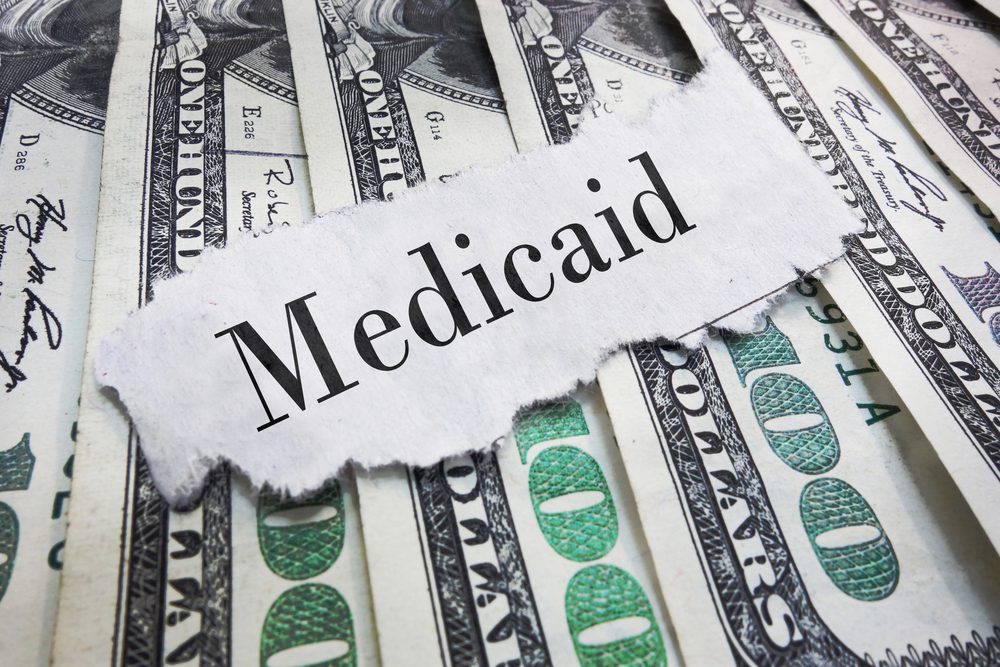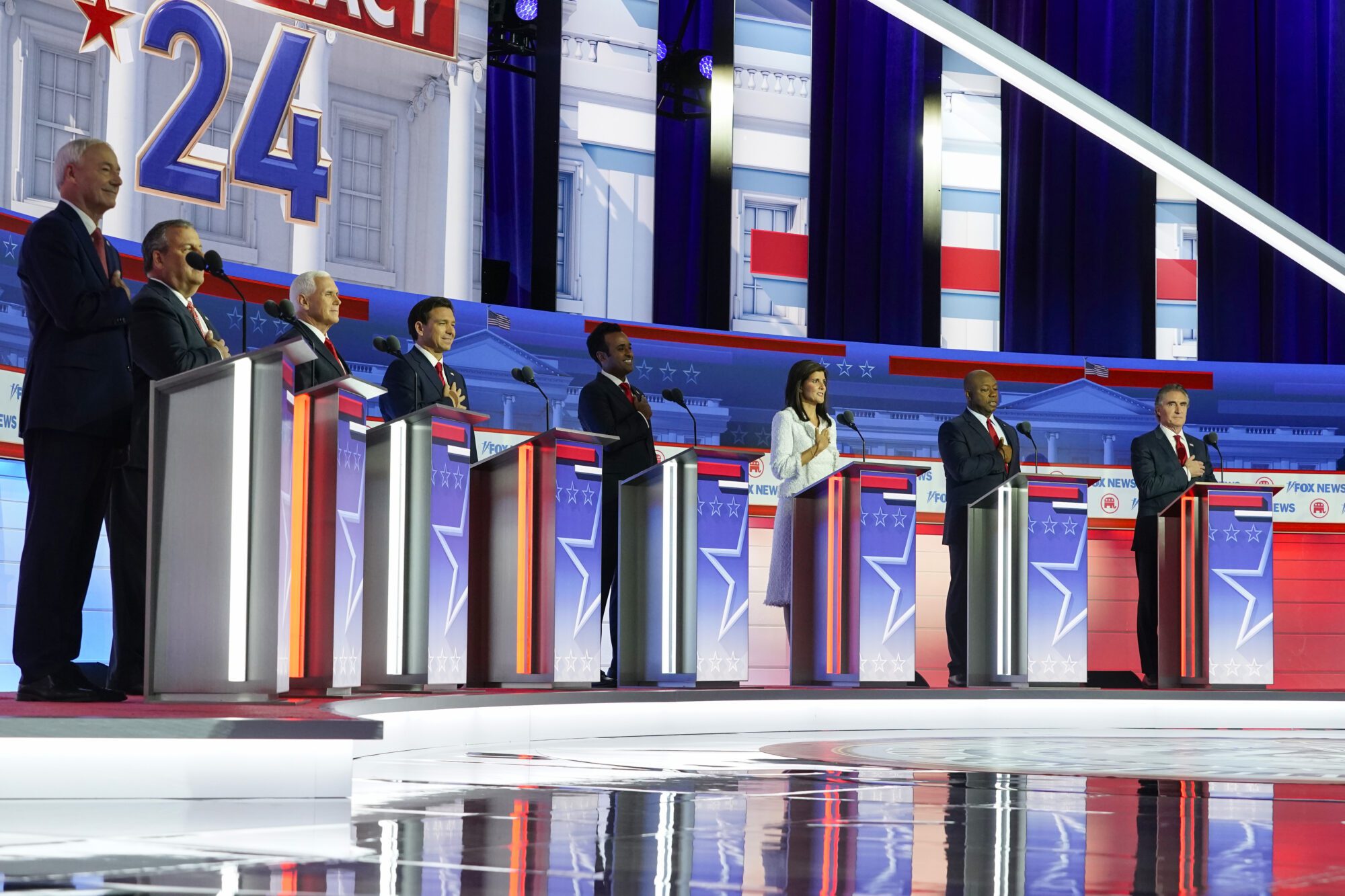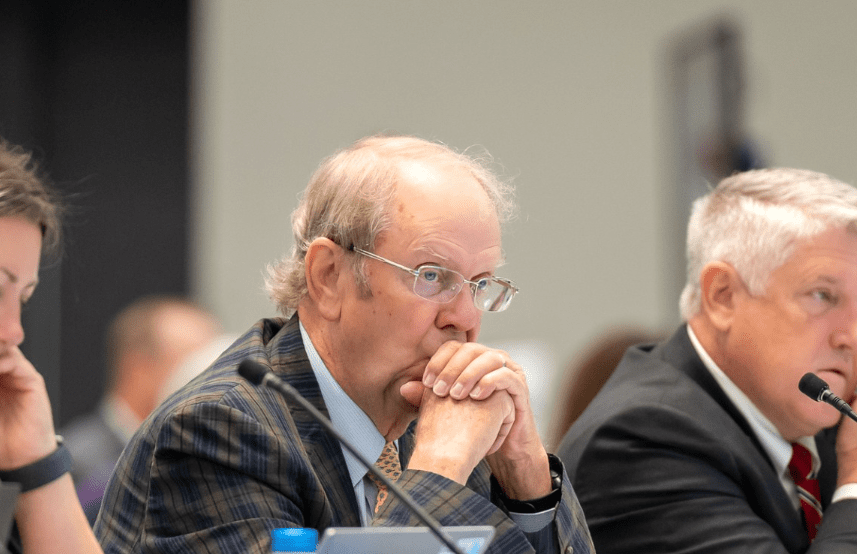
While unemployment rates stay low, it’s a mixed bag for businesses in Mississippi that continue to struggle to fill open positions.
Mississippi’s unemployment rate has dropped once again to a new low. According to the U.S. Bureau of Labor Statistics, the state’s unemployment dropped to 3.0%, a new low for the fifth consecutive month.
“For five months in a row, Mississippi has made history with our vibrant economy,” said Governor Tate Reeves. “More Mississippians are working, they’re making higher wages, and they’re better able to provide for their families. At the end of the day, that’s what it’s all about.”
The current national unemployment rate average is sitting at 3.5% as of July. New Hampshire had the lowest jobless rate at 1.7%. States surrounding Mississippi also saw lower rates, including Alabama at 2.1%, Louisiana at 3.4% and Tennessee at 3.1%.
Reeves considered the low rate another win for the state after Mississippi was recently recognized in the top five states for high-quality Pre-K. He also noted in a press release that high school graduation rates are at an all-time high and the state is leading in fourth grade reading and math gains.
In an attempt to see more money in the hands of residents, the Legislature passed the largest tax cut in the state’s history in 2022. The cut targeted individual income tax by eliminating the 4% bracket and lowering the existing 5% bracket to 4%. This would ultimately return over half a billion dollars to taxpayers.
While all of those policy advancements are positive, there remains room for further improvement, particularly when it comes to workforce development and labor participation.
“It is undeniably a good thing that we have the lowest unemployment rate in our state’s history. The next hurdle is tackling the workforce,” said Deputy Director of External Affairs for Accelerate MS, Garrett McInnis. “We still a have a lot of opportunity to improve.”
McInnis added that while unemployment is low and there is a lot of opportunity to work, there are still people not taking advantage of those industries looking to hire.
“We have to crack the code as to why some people are still not taking advantage of job opportunities and address the issues we find,” said McInnis.
According to the Mississippi Development Authority, the state continues to support additional capital investments that have resulted in roughly $6 billion in new economic development projects – companies needing workers.
With last month’s workforce participation rate below 55%, NFIB State Director Dawn McVea said the new low unemployment rate is a mixed blessing for small businesses.
“It means people are working. However, it can make it difficult if you’re trying to hire,” said McVea.
She said in NFIB’s latest Optimism Index survey, 61% of business owners reported hiring or trying to hire workers in July. Of those, 92% indicated that there were very few or no qualified applicants for those positions. The survey also indicated that 42% of owners had positions they simply could not fill. The jobs primarily centered around construction, manufacturing and transportation. These issues have persisted despite 38% of owners surveyed reporting raising compensation.
“The issue is also labor quality. It is the most frequently identified business problem at 23 percent, edging out inflation for the top spot,” said McVea.
Economic hardships continue to impact consumers and businesses. The current U.S. inflation rate is 3.18% which is up from last year. Interest rates also remain high after being reported to hit the highest peak in 23 years at 7.36% on average.











